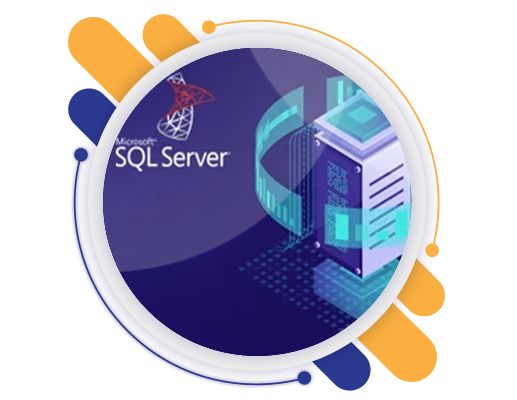"SMEClabs" is a registered trademark of SMEC Automation Pvt. Ltd. © 2024 SMEClabs All rights reserved

78%
Alumni Career Transitions
5200+
Hiring Partners
60%
Avg Salary Hike
22
Years of R & D in Syllabus
SQL Server DBA courses help you to gain skills that are required to become a database administrator. This will help you to master concepts that include architecture, query design, and clustering with projects. SQL server DBA courses help you to get a complete knowledge in SQL server databases.
A person who has done the training to become a database administrator needs to overcome managing the Microsoft SQL Server. This ranges from installation and patching for the creation of databases to managing permissions which helps to allow the users to use the database. They are also responsible for protecting the data and helping to maintain the performance levels. Best MS SQL Server DBA Course Training and Certification in India UAE Saudi Arabia Qatar Africa. 100% Placement Assistance.
The course content of SQL Server DBA courses are prepared by our experts at SMEClabs who have an idea about the new trends in SQL server. This course helps to clear all concepts and make you fit for a DBA job. SMEClabs helps you with the placement assistance. Our dedicated team will help you to guide from the beginning to the end of the training.
Evaluate installation requirements; design the installation of SQL Server and its components (drives, service accounts, etc.); plan scale-up vs. scale-out basics; plan for capacity, including if/when to shrink, grow, autogrow, and monitor growth; manage the technologies that influence SQL architecture (for example, service broker, full text, scale out, etc.); design the storage for new databases (drives, filegroups, partitioning); design database infrastructure; configure an SQL Server standby database for reporting purposes; Windows-level security and service level security; Core mode installation; benchmark a server before using it in a production environment (SQLIO, Tests on SQL Instance); choose the right hardware
Test connectivity; enable and disable features; install SQL Server database engine and SSIS (not SSRS and SSAS); configure an OS disk
Restore vs detach/attach; migrate security; migrate from a previous version; migrate to new hardware; migrate systems and data from other sources
Set up and configure all SQL Server components (Engine, AS, RS and SharePoint integration) in a complex and highly secure environment; configure full-text indexing; SSIS security; filestream; filetable
Create, maintain and monitor jobs; administer jobs and alerts; automate (setup, maintenance, monitoring) across multiple databases and multiple instances; send to “Manage SQL Server Agent jobs”
** The above is the lite syllabus and doesn’t cover the full syllabus. To get full syllabus Book a Free Demo Now

Certifications & Accreditations






Mode of Training
75+ hours
Learning Content + Practicals
It can be complex to someone who just passed out from college. SMEClabs helps you to develop your skills in DBA. We will be guiding you through the entire stage of learning.
Yes, SMEClabs provides placement you can visit this website Placementshala to get more details regarding the placements.
After the internship, you will be able to get a job as a SQL Database Administrator. This is one of the highest paying jobs in the market.
As you know, the data is increasing, managing data is a crucial point. Therefore the need for each organization should be a person who can manage these data, troubleshoot, and process data.
A Database Administrator plays an important role in an organization. They have the responsibility for the components which leads to the success or failure of a company. So this can be a challenging responsibility.
Definitely yes! After completing your course you can expect a good job with a good pay.
You should be ready to learn new technologies, also migration. Without a DBA a company is nothing but a bunch of data.
SMEClabs
INDIA
2nd Floor Kaloor Bus stand Complex Cochin.
Ph: +91 9958873874
[email protected]
"SMEClabs" is a registered trademark of SMEC Automation Pvt. Ltd. © 2024 SMEClabs All rights reserved